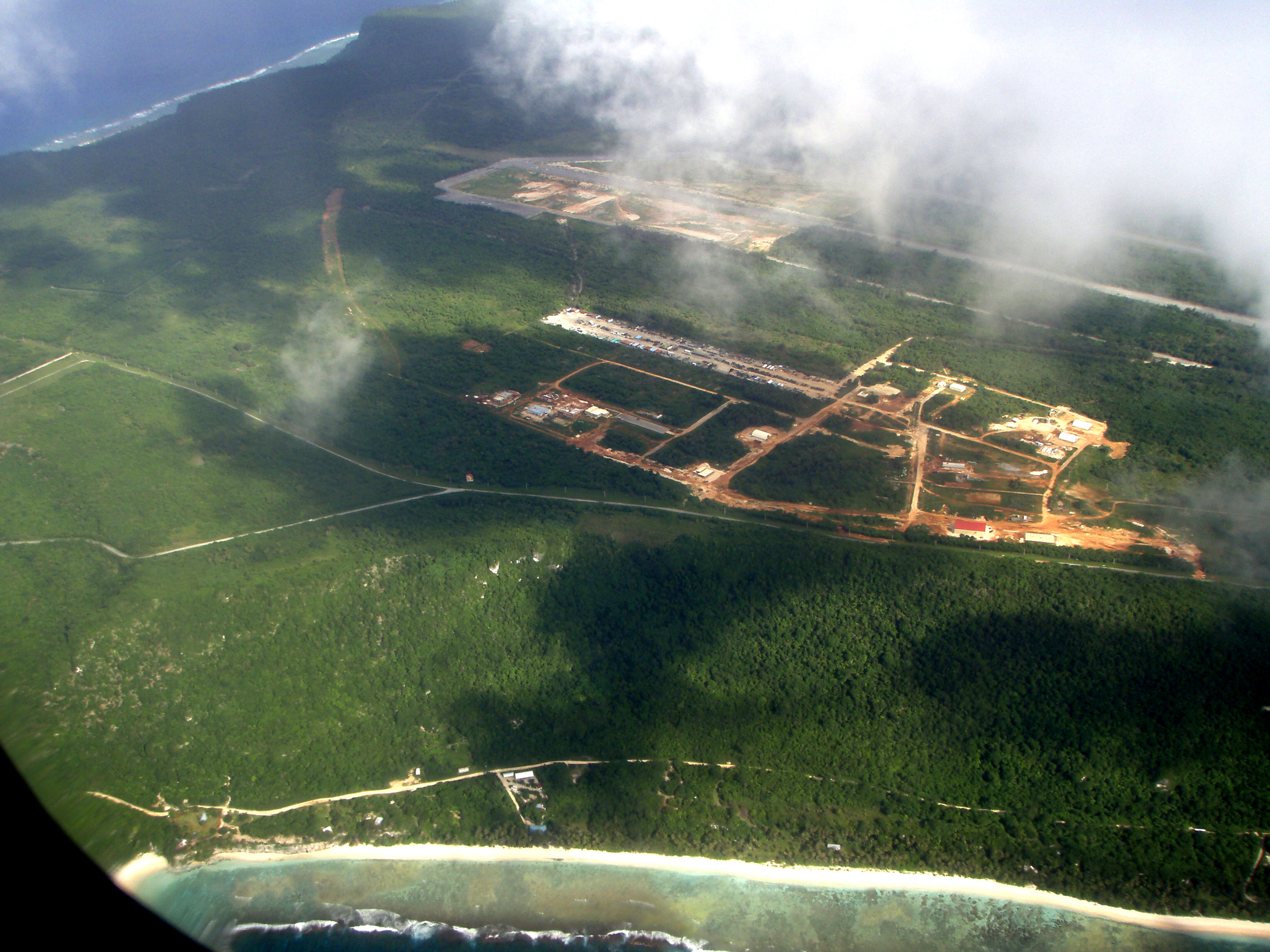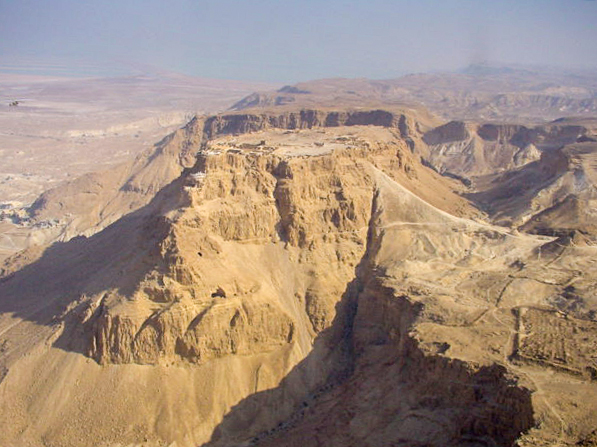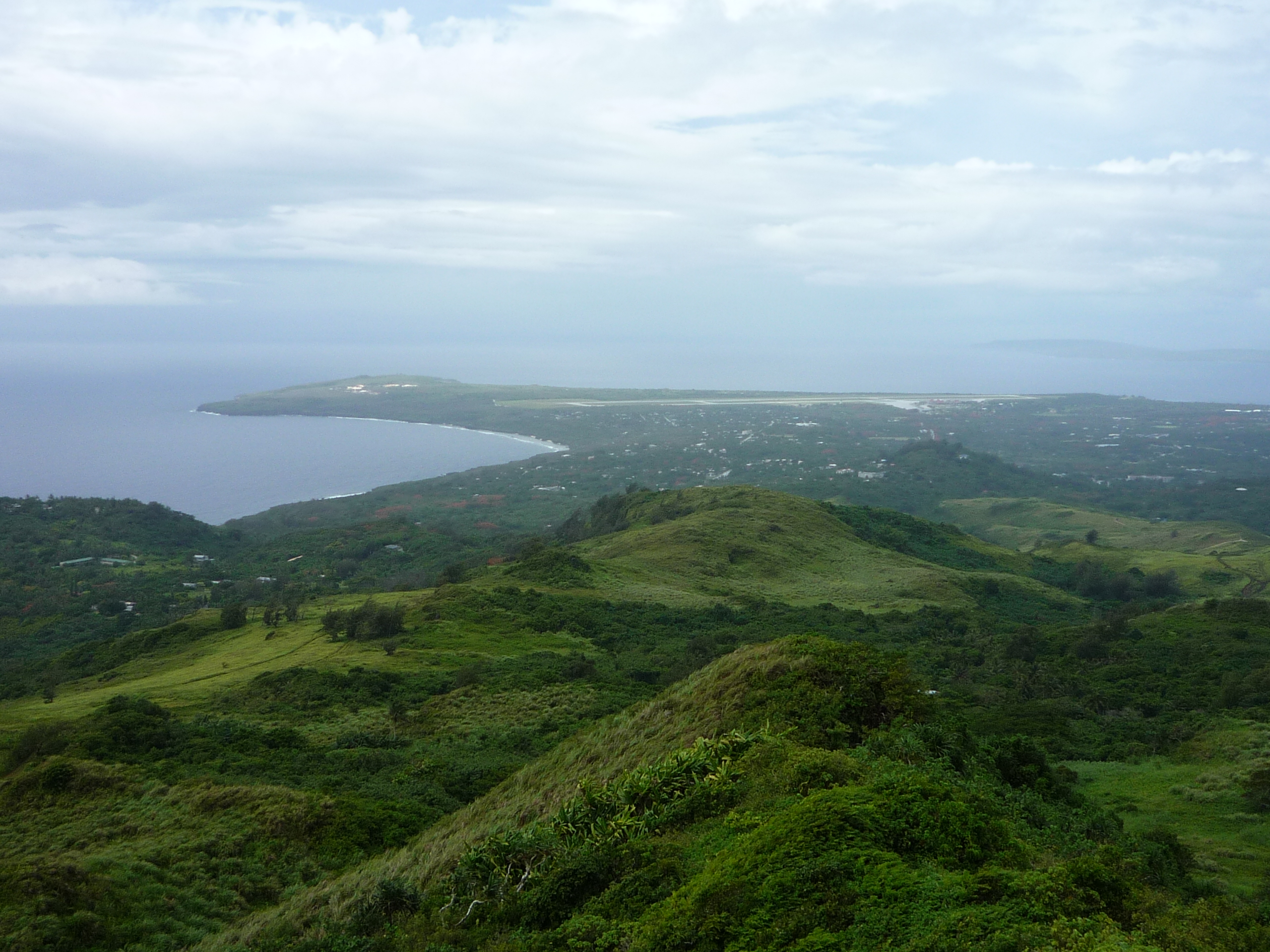|
XXI Bomber Command
The XXI Bomber Command was a unit of the Twentieth Air Force in the Mariana Islands for strategic bombing during World War II. The command was established at Smoky Hill Army Air Field, Kansas on 1 March 1944. After a period of organization and its assigned groups receiving their B-29 Superfortress aircraft, the command transferred first to Peterson Field, Colorado, then deployed to the central Pacific, being headquartered at Harmon Field, Guam, in the Mariana Islands. Its assigned units engaged in very long-range bombardment operations, primarily against Japan until mid-July 1945. History The Marianas chain of islands, consisting primarily of Saipan, Tinian, and Guam, were considered as being ideal bases from which to launch B-29 Superfortress operations against Japan. The islands were about 1500 miles from Tokyo, a range which the B-29s could just about manage. Most important of all, they could be put on a direct supply line from the United States by ship. In August 1944, ... [...More Info...] [...Related Items...] OR: [Wikipedia] [Google] [Baidu] |
Pacific Ocean Theater Of World War II
The Pacific Ocean is the largest and deepest of Earth's five oceanic divisions. It extends from the Arctic Ocean in the north to the Southern Ocean (or, depending on definition, to Antarctica) in the south, and is bounded by the continents of Asia and Oceania in the west and the Americas in the east. At in area (as defined with a southern Antarctic border), this largest division of the World Ocean—and, in turn, the hydrosphere—covers about 46% of Earth's water surface and about 32% of its total surface area, larger than Earth's entire land area combined .Pacific Ocean . '' Britannica Concise.'' 2008: Encyclopædia Britannica, Inc. The centers of both the |
Battle Of Saipan
The Battle of Saipan was a battle of the Pacific campaign of World War II, fought on the island of Saipan in the Mariana Islands from 15 June to 9 July 1944 as part of Operation Forager. It has been referred to as the "Pacific D-Day" with the invasion fleet departing Pearl Harbor on 5 June 1944, the day before Operation Overlord in Europe was launched, and launching nine days after. The U.S. 2nd Marine Division, 4th Marine Division, and the Army's 27th Infantry Division, commanded by Lieutenant General Holland Smith, defeated the 43rd Infantry Division of the Imperial Japanese Army, commanded by Lieutenant General Yoshitsugu Saitō. The loss of Saipan, with the deaths of at least 29,000 troops and heavy civilian casualties, precipitated the resignation of Prime Minister of Japan Hideki Tōjō and left the Japanese archipelago within the range of United States Army Air Forces B-29 bombers. Background In the campaigns of 1943 and the first half of 1944, the Allies had capt ... [...More Info...] [...Related Items...] OR: [Wikipedia] [Google] [Baidu] |
Northwest Field (Guam)
Northwest Field (historically Northwest Guam Air Force Base) is a military airfield in Guam. Built in 1945 during World War II, the airfield was used as a bomber base during and after the war until it was closed in 1949. Units deployed to the airfield included the 315th Bombardment Wing (stationed from 1945 to 1946) and the 23rd Fighter Group (stationed from 1946 to 1949). Since around 2010, the airfield has been partially reactivated and is used for training related to operating at airfields in austere conditions, including being one of the locations to host Cope North Cope North is an annual multinational military exercise taking place in and around Guam. The first exercise took place in 1978. In 2016 in addition to US, Japanese and Australian forces South Korea, the Philippines and New Zealand New Zea ... exercises. References Installations of the United States Air Force Defunct airports in the United States Airports in Guam Military installatio ... [...More Info...] [...Related Items...] OR: [Wikipedia] [Google] [Baidu] |
North Field (Guam)
Andersen Air Force Base (Andersen AFB, AAFB) is a United States Air Force base located primarily within the village of Yigo in the United States territory of Guam. The host unit at Andersen AFB is the 36th Wing (36 WG), assigned to the Pacific Air Forces Eleventh Air Force. As a non-flying wing, the 36 WG's mission is to provide support to deployed air and space forces of USAF, foreign air forces to Andersen, and tenant units assigned to the base. Andersen AFB was placed under the installation management authority of Joint Region Marianas on 1 October 2009, along with Naval Base Guam. The two bases are about apart at opposite ends of the island. Established in 1944 after the Liberation of Guam as North Field, it is named for Brigadier General James Roy Andersen (1904–1945). The most important U.S. air base west of Hawaii, Andersen is one of the four Air Force Bomber Forward Operating Locations and the only base in the Western Pacific that can permanently service U.S. heavy s ... [...More Info...] [...Related Items...] OR: [Wikipedia] [Google] [Baidu] |
West Field (Tinian)
West Field is a former World War II airfield on Tinian in the Mariana Islands. Today, West Field is used as the civilian Tinian International Airport. West Field at Tinian Naval Base was a base for Twentieth Air Force B-29 Superfortress operations against the Japanese Home Islands in 1944–5, and the base for the B-29 Superfortress 58th Bombardment Wing. History Tinian, with its sister islands of the Marianas, had passed through Spanish and German hands prior to becoming a Protectorate of Japan following World War I. Under Japanese administration, Tinian was largely a sugar plantation. The island had two good airfields with a third under construction by the Japanese in 1944. West Field originated as the Japanese Gurguan Point Airfield, having two parallel runways. By mid-1944, the Americans had advanced inside the Japanese ring of defense in the Pacific Theater. On Tinian, the United States Army Air Forces could establish bases to conduct long-range strategic offensive air ... [...More Info...] [...Related Items...] OR: [Wikipedia] [Google] [Baidu] |
North Field (Tinian)
North Field is a former World War II airfield on Tinian in the Mariana Islands. Abandoned after the war, today North Field is a tourist attraction. Along with several adjacent beaches on which Allied forces landed during the Battle of Tinian, the airfield is the major component of the National Historic Landmark District Tinian Landing Beaches, Ushi Point Field, Tinian Island. North Field was one of several bases for Twentieth Air Force Boeing B-29 Superfortress operations against the Japanese Home Islands in 1944–45. North Field contributed aircraft to the 1945 campaign to burn out Japanese cities with incendiary bombs, including the 9 March 1945 bombing of Tokyo which still stands as the most destructive air raid ever. North Field was the base for the 313th Bombardment Wing which carried out Operation Starvation, the dropping of naval mines in the harbors and sea lanes used by Japan. North Field was also the base for the 509th Composite Group which flew the atomic bombing ... [...More Info...] [...Related Items...] OR: [Wikipedia] [Google] [Baidu] |
73d Bombardment Wing
__NOTOC__ AD 73 (Roman numerals, LXXIII) was a common year starting on Friday (link will display the full calendar) of the Julian calendar. At the time, it was known as the Year of the Consulship of Domitian and Lucius Valerius Catullus Messalinus, Messalinus (or, less frequently, year 826 ''Ab urbe condita''). The denomination AD 73 for this year has been used since the early medieval period, when the Anno Domini calendar era became the prevalent method in Europe for naming years. Events By place Roman Empire * Spring – The Roman governor Lucius Flavius Silva lays siege to Masada, the last outpost of the Jewish rebels following the end, in AD 70, of the First Jewish-Roman War (Jewish Revolt). The Roman army (''Legio X Fretensis)'' surrounds the mountain fortress with a 7-mile long siege wall (circumvallation) and builds a siege, rampart of stones and beaten earth against the western approach. After the citadel is conquered, 960 Zealots under the leadership of Sica ... [...More Info...] [...Related Items...] OR: [Wikipedia] [Google] [Baidu] |
Isely Field
Saipan International Airport , also known as Francisco C. Ada/Saipan International Airport, is a public airport located on Saipan Island in the United States Commonwealth of the Northern Mariana Islands. The airport is owned by Commonwealth Ports Authority. Its airfield was previously known as Aslito (during the Japanese South Seas Mandate) and Isely Field (during the American World War II and later period). This airport is assigned a three-letter location identifier of GSN by the Federal Aviation Administration, but the International Air Transport Association (IATA) airport code is SPN (the IATA assigned GSN to Mount Gunson Airport in Australia). History World War II Saipan International Airport was a sugarcane field before the Imperial Japanese Navy Air Service (IJNAS) constructed a temporary landing field on the site in 1933. The landing field was used for training purposes and had two runways configured in an "L" pattern. In 1937, the Navy began upgrading the airfield for f ... [...More Info...] [...Related Items...] OR: [Wikipedia] [Google] [Baidu] |

.jpg)



.png)

